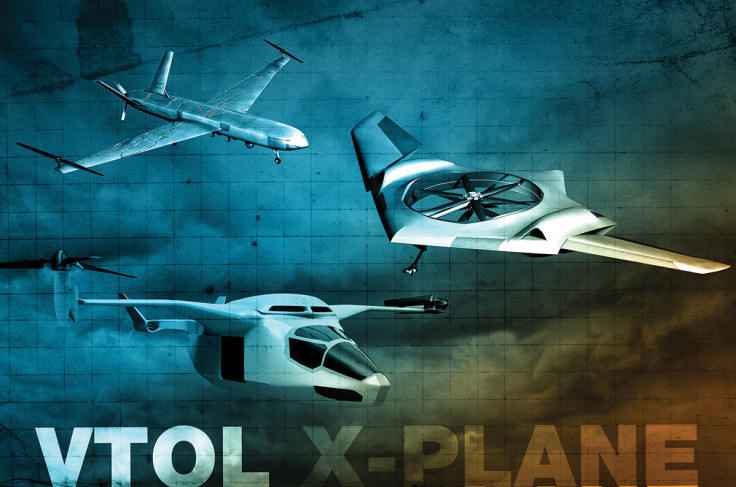US Department of Defense Launches Programme to Improve Unmanned Vertical-Flight Aircraft

The US government is looking to improve its fleet of futuristic vertical-flight military aircraft by awarding contracts to four big airplane manufacturers to design better unmanned aircraft that can hover, take off and land vertically.
According to Live Science, Defense Advanced Research Projects Agency (DARPA), which is in charge of developing new technologies for the military, has awarded contracts to Boeing, Sikorsky Aircraft Corporation, Karem Aircraft and Aurora Flight Sciences to design aircraft for a vertical take-off and landing (VTOL) experimental programme.
"The proposals we've chosen aim to create new technologies and incorporate existing ones that VTOL designs so far have not succeeded in developing," said program manager Dr Ashish Bagai.
"We're eager to see if the performers can integrate their ideas into designs that could potentially achieve the performance goals we've set."
So far, engineers have encountered difficulties in trying to improve the vertical flight and cruise capabilities on VTOL aircraft, so the new programme has set the airplane manufacturers a challenge – they need to build aircraft that can achieve a top sustained flight speed of 345 mph (555 km/hr) to 460 mph (740 km/hr), and improve the aircraft's hovering efficiency from 60% to at least 75%.
The new VTOL aircraft must also be able to carry at least 4,540-5,440kg, which is about 40% of the aircraft's projected weight.
The airplane manufacturers have until late 2015 to submit preliminary designs of their aircraft, but only one will be picked to be built as a prototype. DARPA intends to begin the first test flights for VTOL in 2017 or 2018.
© Copyright IBTimes 2025. All rights reserved.





















